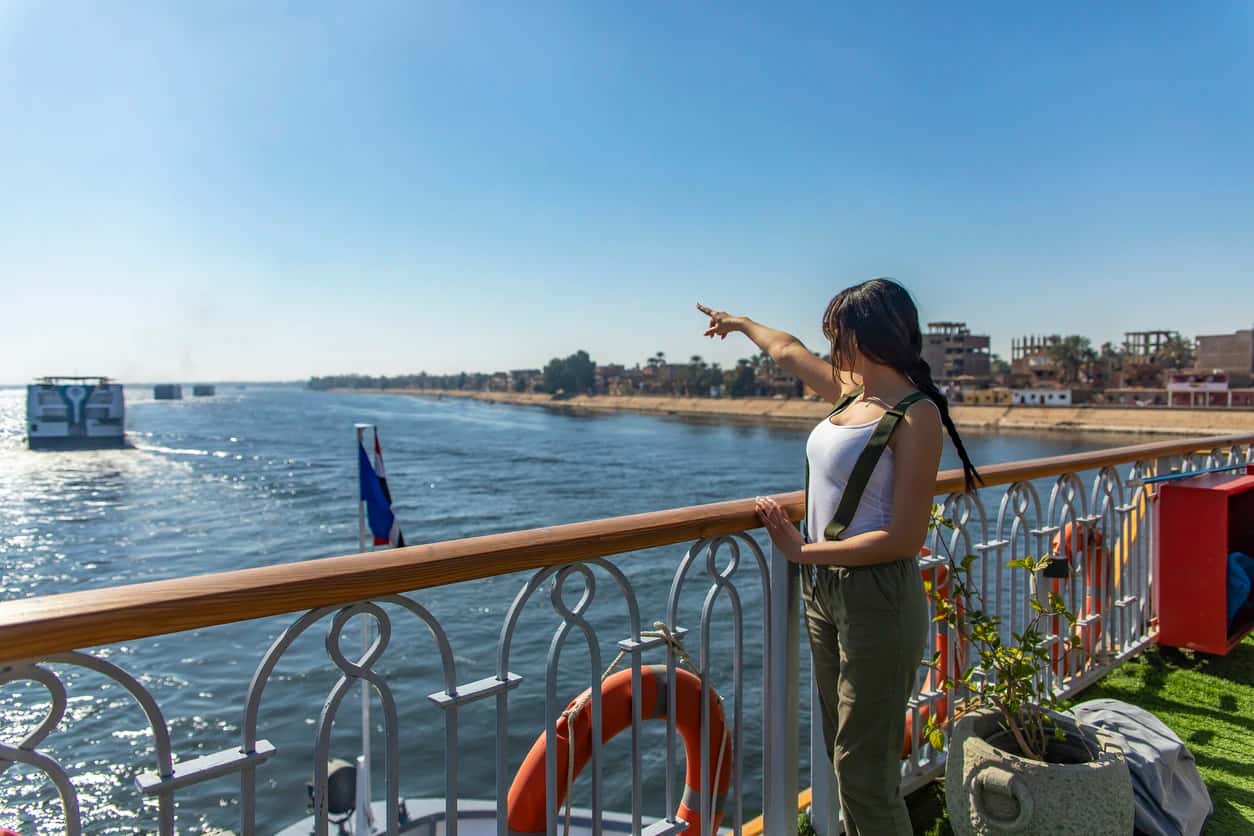With only 15 women pharaohs known to date, the rare phenomenon has always piqued the interest of the world’s historians and archeologists. Hatshepsut left an indelible mark on history, succeeding as a monumental leader, fervent builder, and noble warrior. Despite descending from royal blood, she had to maneuver the gender barrier in order to become a pharaoh. When her husband died, her son was too young to inherit the throne, so she ruled on his behalf and was later crowned king and led Egypt towards great triumph—leaving the reign after two glorious decades to her stepson.









